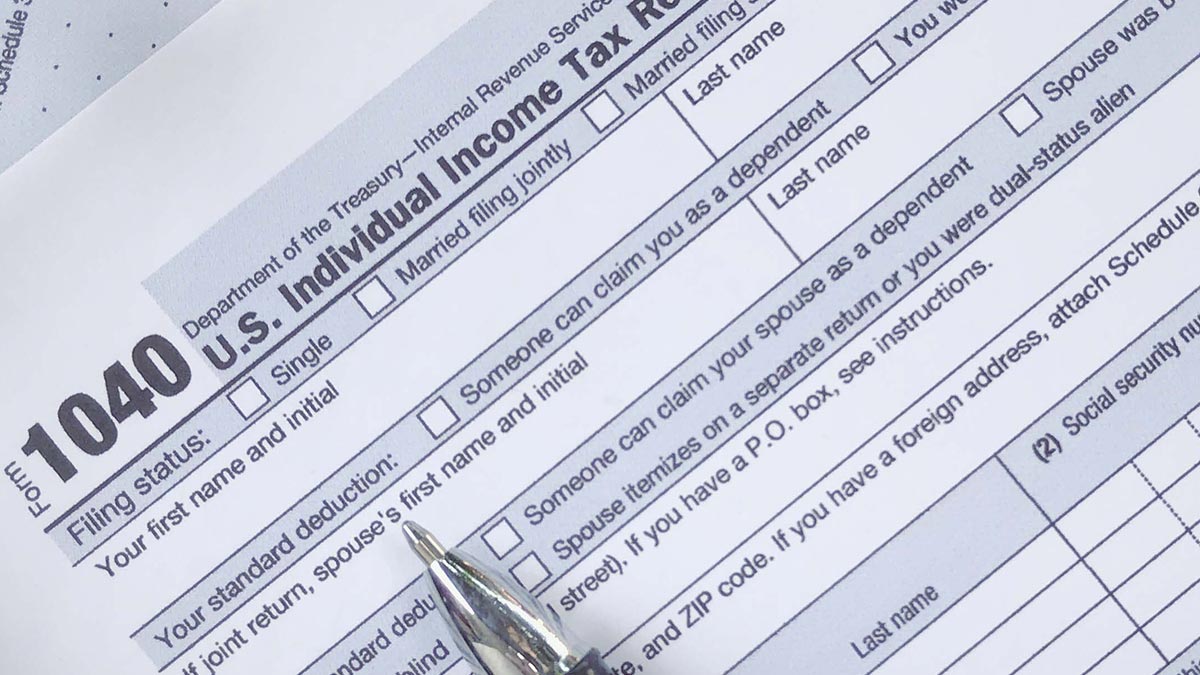Here’s what you need to know about the alternative minimum tax and whether your tax filing could be affected now or in the future.
What is the alternative minimum tax?
The alternative minimum tax is another way to calculate income taxes. It requires certain taxpayers to determine their liability twice: once using regular income tax rules, and once using AMT rules. They then must pay whichever amount is higher.
Here's how the alternative minimum tax works:
- You calculate your regular taxable income.
- You complete AMT Form 6251 which applies any adjustments or preferences to determine alternative minimum taxable income (AMTI).
- After the AMT exemption is subtracted from AMTI, the AMT tax rates are applied to determine tentative minimum tax.
- The taxpayer is subject to AMT if the tentative minimum tax exceeds the regular tax liability calculated on regular taxable income.
Who pays the alternative minimum tax?
Not everyone is subject to the alternative minimum tax, but there are a few common triggers. They include:
- You have an income above the AMT exemption (see above). The 2017 TCJA reduced five out of the seven regular tax rates but it held AMT rates at 26% and 28%. This combination could potentially cause high income taxpayers to end up owing AMT. However, if you’re in that middle-upper income level, you’ll likely end up owing less than you would have before the TCJA.
- You exercise incentive stock options (i.e., ISO’s) to buy stock at a discounted strike price. This is not a taxable event for regular tax purposes but is for AMT purposes. If the discount is substantial, a significant adjustment item would exist and increase your potential to be subject to the AMT.
- You have a high ratio of long-term capital gains to ordinary income. This trigger would only affect people with incomes of more than $1 million combined. A potential scenario would be a business owner who sold a business that had appreciated steeply over a period of 25 to 30 years. While qualified dividends and long-term capital gains are still taxed at preferential rates of 15 to 20%, large amounts of such income may cause the phase out of the alternative minimum tax exemption and indirectly cause the AMT to apply to other income.
- You earn income from specific sources. Incentive stock options, intangible drilling costs, tax-exempt interest from certain private activity bonds (PAB) and depletion and accelerated depreciation on certain leased personal or real property2may all prompt the alternative minimum tax.
Consider talking to a financial professional if you’re unsure about your status.
Why was the alternative minimum tax created?
A simplified version of the alternative minimum tax, called the add-on minimum tax, was created in 1969 to ensure the country’s wealthiest citizens paid their fair share of taxes. The IRS had discovered that 155 taxpayers with income of more than $200,000 had not paid income tax in 1966 because they used deductions unavailable to the average citizen.1As a result, Congress passed the add-on minimum tax.
This add-on tax applied to certain income items that the regular income tax system either taxed lightly or overlooked. The largest of these “preferences” was the portion of capital gains excluded from the regular income tax.
Revisions to the alternative minimum tax throughout the years increased the number of affected taxpayers from 155 in 1969 to nearly 4.5 million by 2015. Noting that the number of affected people had grown so significantly, changes to the AMT as we know it today were included in the TCJA. These changes dramatically reduced the number of taxpayers who must pay the alternative minimum tax.
Alternative minimum tax and the Tax Cuts and Jobs Act
The TCJA significantly — albeit temporarily —narrowed the scope of the alternative minimum tax in at least three important ways:
- It introduced higher alternative minimum tax exemptions. The AMT is indexed yearly for inflation. For the 2025 tax year, it’s $88,100 for individuals and $137,000 for married couples filing jointly.
- It introduced higher income levels for exemption phaseout. Phaseout for the 2025 tax year starts at $626,350 for individuals and $1,252,700 for married couples filing jointly.
- It eliminated or reduced AMT’s preference and adjustment items. It reduced state and local taxes (SALT), including the real estate tax deduction, adjusted to a maximum of $10,000. It eliminated miscellaneous itemized deductions, personal exemptions and home equity loan interest.
If the TCJA sunsets as scheduled at the end of 2025, the AMT exemption and exemption phaseout amounts will revert to lower pre-TCJA levels, adjusted for inflation. The eliminated and reduced AMT preference and adjustment items will also revert to their pre-TCJA status. As a result, more taxpayers will be subject to the alternative minimum tax.
Your tax and financial professionals can help you determine if the potential sunset of the TCJA could affect your alternative minimum tax status and, if so, how you can best prepare for its expiration.
Learn how we can help you design a plan to grow and protect your wealth.


